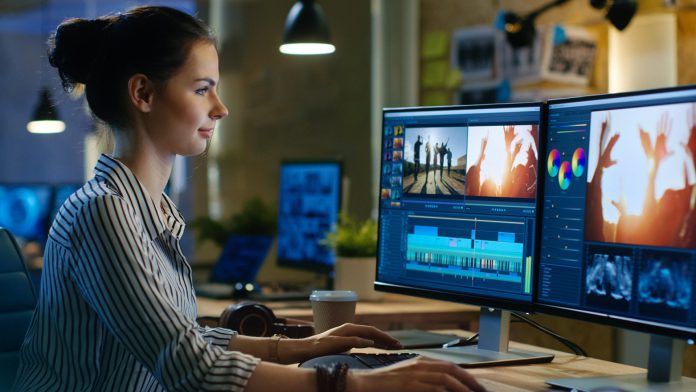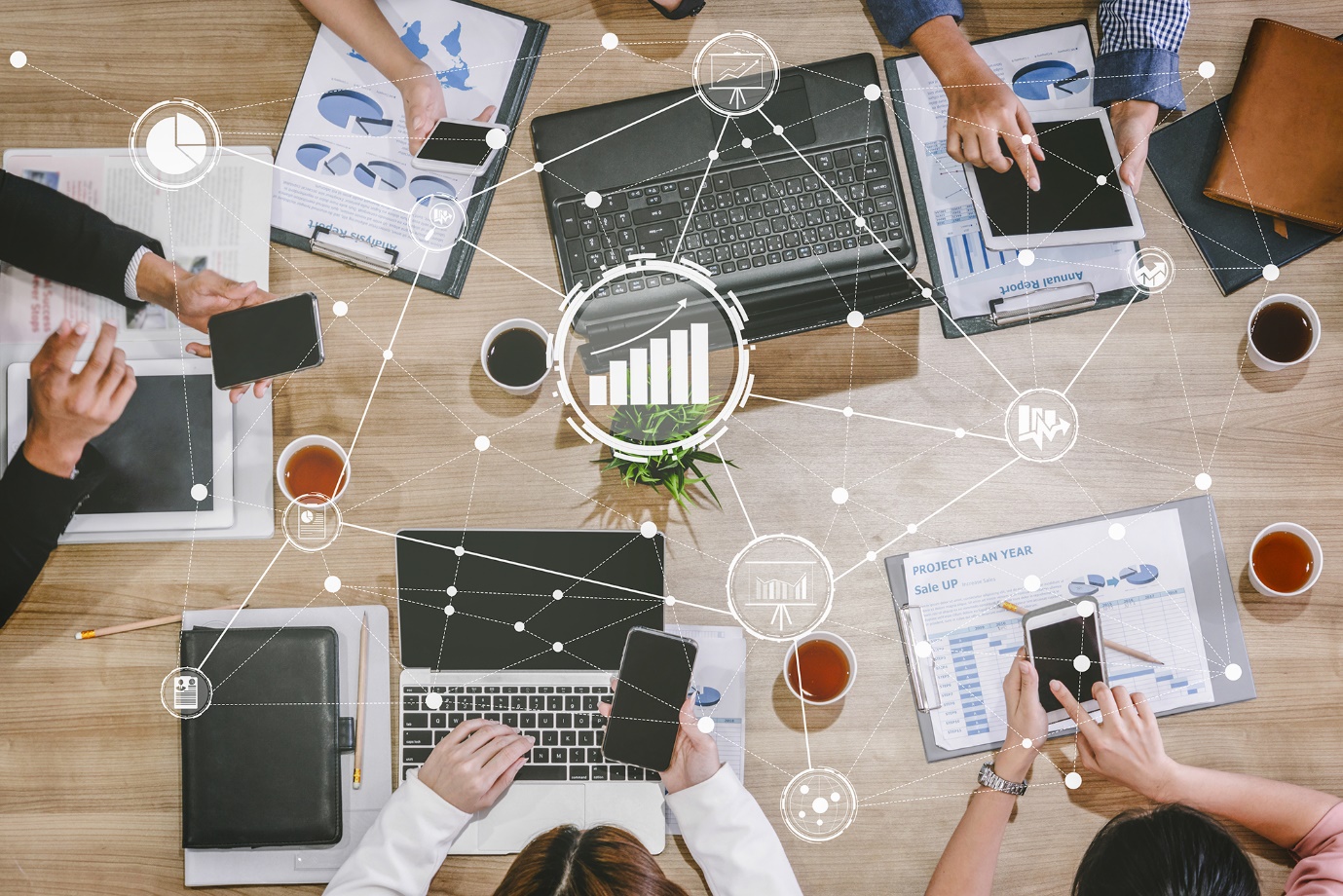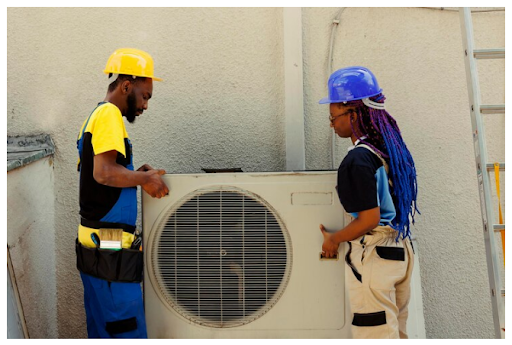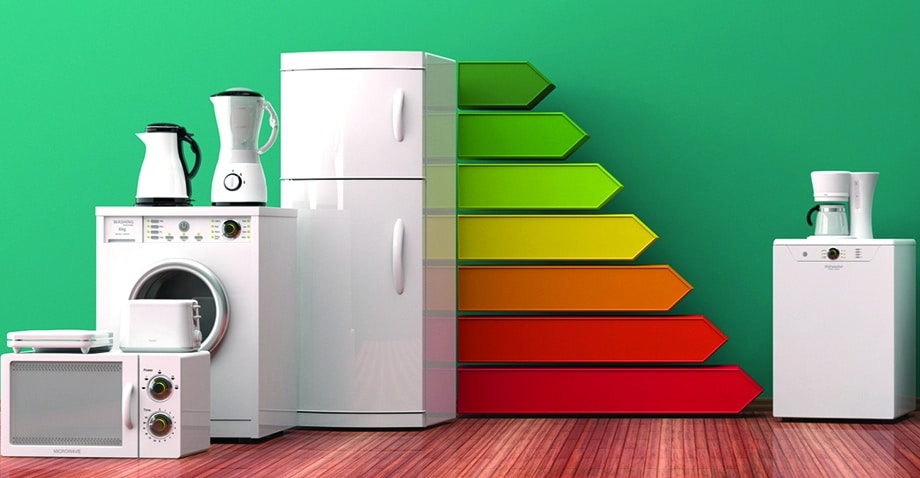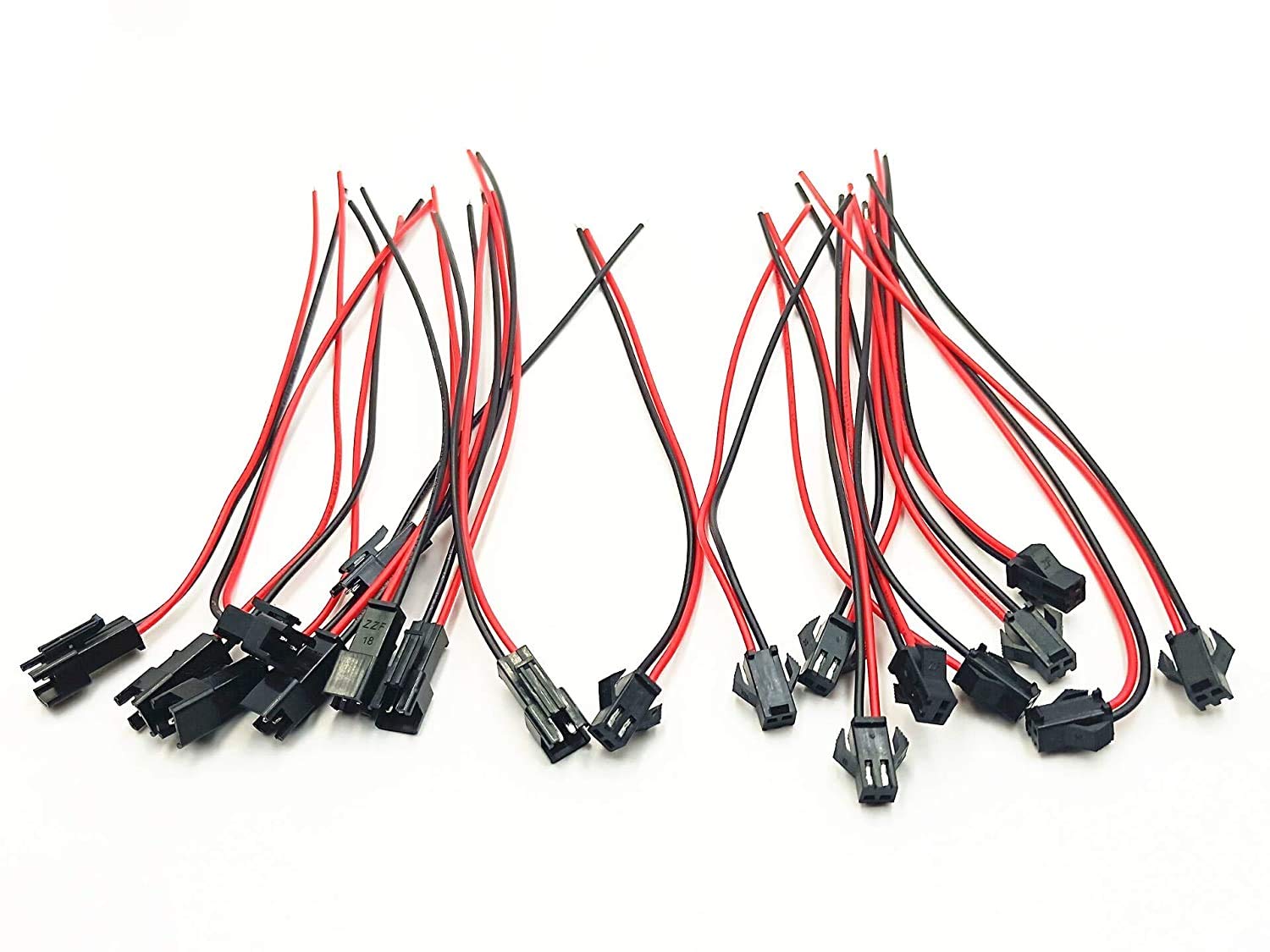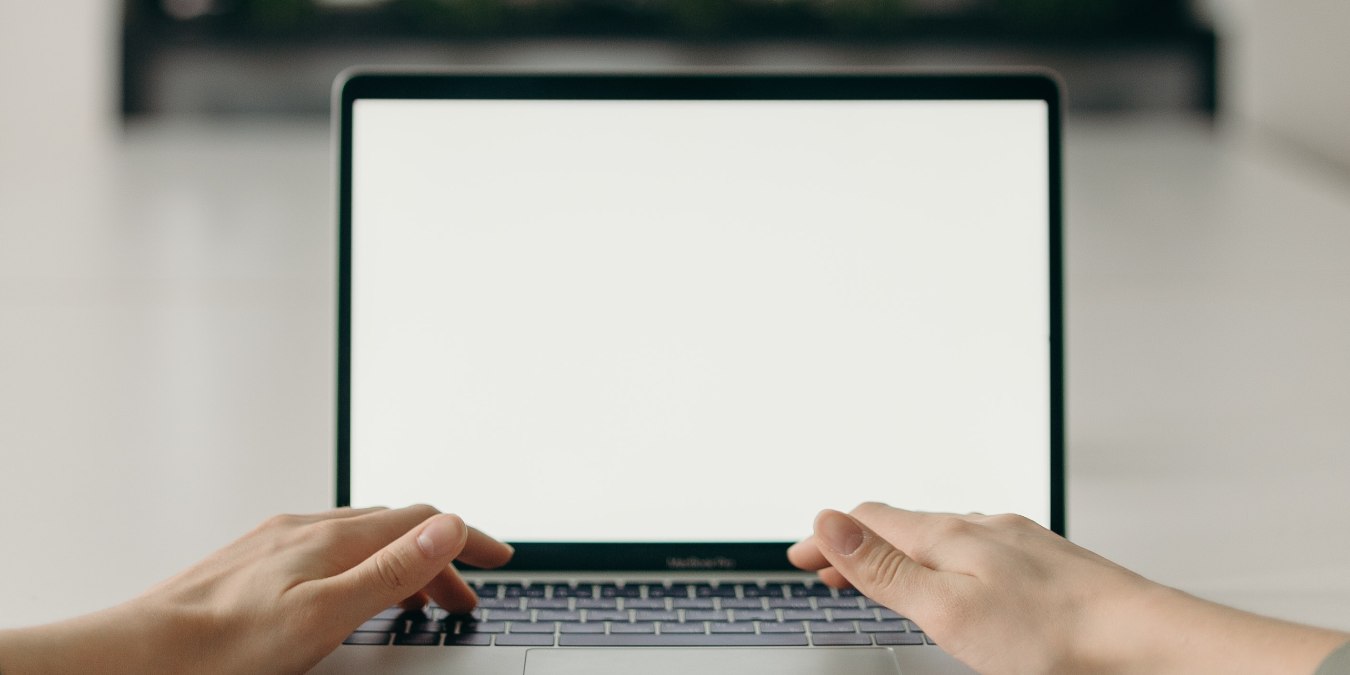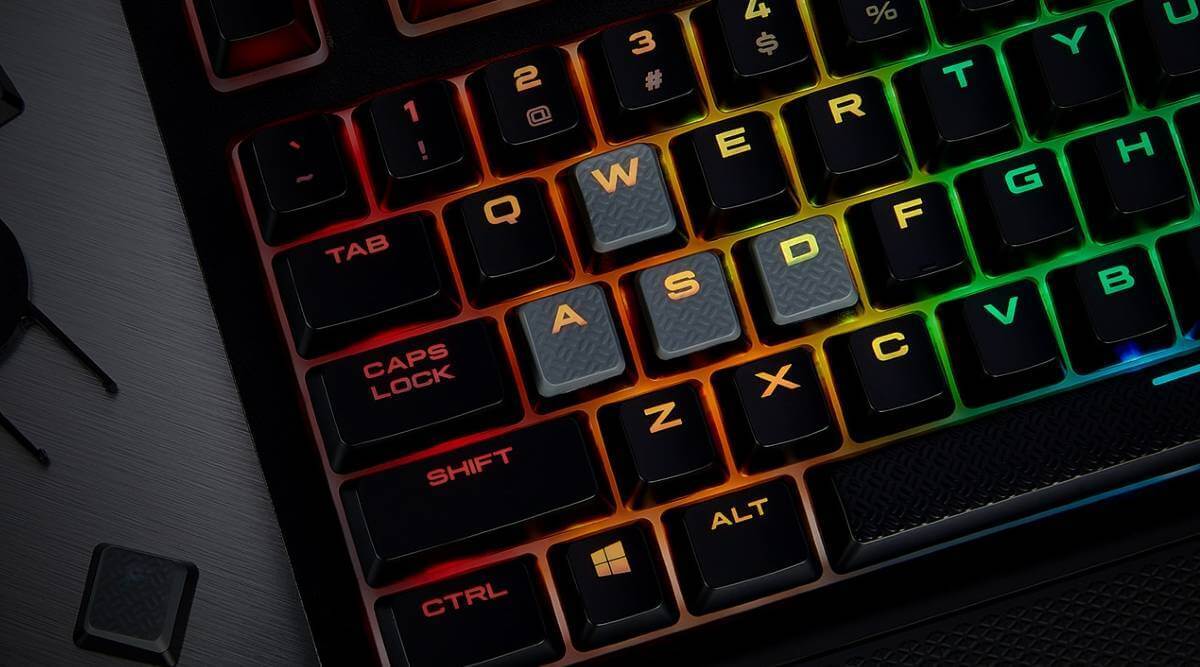The accuracy of color is essential in all the digital art and choosing the most suitable calibrator for your monitor can be sure that the color you see on your screen will match identical to the color you see that appears on paper or the screen when it is published. In general, the instruments can be classified into two categories: hardware calibration and software calibration. Software calibrations are straightforward to use and essential for daily use but hardware calibration is a crucial however more complex procedure for professionals.
Read on to find more about the advantages of both hardware and software monitor calibration, or explore ViewSonic solutions for creatives.
For photographers, digital artists and other professionals who work in the field of visual media, acquiring knowledge about the most effective tools for calibrating your monitor is vital. In simple terms, calibration of your monitor is the procedure of fine-tuning your display so that the colors and shading are displayed with precision and uniformly.
Imagine creating a background for your image. The color is pure red which means that the value of red is 100 The green color is zero while the blue color is zero. The pure red hue will always appear identical. However, if monitors are not calibrated, small variations in software and hardware features can alter how this red color appears on different monitors or printed.
Post Contents
The importance of Monitor Calibration
Before we get into the complexities of calibration for hardware and software, it’s important to explain the importance of calibration for monitors in general. By knowing the basics, it will be much easier to decide which one is best suited to your requirements.
Photographers, digital artists as well as other creators of content working with digital editions, it’s simple to not overstate the importance of a high-quality monitor. The perception of the work that you’re creating, particularly when printed, will depend heavily upon what you see on the monitor. If the colors you see on the screen in the editing process don’t match and result in an final product that isn’t true to the intention of the creator.
Color Calibration
The primary aspect of calibrating monitors for professionals in design and photography areas is calibration of the color. The easiest way to grasp the process is to imagine the design as two parts the image that is displayed on your monitor and the final product that is seen by all other users on various devices. If a monitor isn’t calibrated for color, there may be differences between what you see and the final product will look like.
Color calibration is the process of setting a monitor so that it accurately represents every color spectrum and shades. In addition, this process will make sure that the colors portrayed in a consistent manner across the entire screen without any discrepancies. The result of a well-run color calibration is the same in relation to the image you see on screen as well as the final product.
What exactly is software Calibration?
Software calibration is a process of optimizing the settings of your graphics card. The card is connected to the source of your display, using the lookup table (LUT) which is utilized to adjust the display’s color. The LUT is saved on the source (e.g. or your personal computer) and color corrections are handled through the program.
In the manner that Digital Trends explains, both Microsoft Windows and Apple macOS include built-in calibration functions that can help users by assisting them with calibration software. Additionally, there is several third-party as well as online solutions that allow users to adjust the colors that are displayed on their screen via graphic card.
How do I know if Hardware Calibration is a good thing?
Hardware calibration is an sophisticated form of monitor calibration and is the best solution for anyone with more complex needs. This is particularly relevant to areas like graphic design, photography, printing media, or creating online-based content. The process results in better and more durable results, however it can only be done only on certain monitors.
The hardware calibration process still uses the look-up table (LUT) to set the colors that are displayed on the monitor, but it keeps the data on the chip inside the monitor.
What is the most effective Monitoring Calibration Software?
In essence, when calibrating your monitor you can choose of using the use of software calibration, hardware calibration or a mix of both. To help you determine the most suitable calibrator for your monitor requirements, let’s take a examine the advantages and drawbacks of each.
The Benefits of Software Calibration
The primary benefit of using software calibration and the reason it is able to be the most effective monitor calibration tool for a variety of demands, is its convenience. Software calibration is comparatively easy and quick to accomplish. It’s a low-cost and easy method to calibrate a monitor, increase the accuracy of color, and create uniformity throughout the editing process. For more casual users calibrating software is likely to suffice but going further might be too much.
Hardware Calibration Issues Drawbacks to Software Calibration
Although software calibration can be utilized to calibrate monitors to improve shading and color accuracy, this method is not easily adaptable to various colors. A monitor that is calibrated for sRGB is not calibrated to Adobe RGB. Dependence on the graphics card to calibrate the display means that the possibility of GPU problems could affect the results. This means using your computer to another source is going to require the calibration of your monitor once more.
Software Calibration benefits from Hardware Hardware Calibration Benefits
The main benefit to consider when using hardware calibration is the better results. Eliminating the software processing layer will eliminate the need for graphics cards, which guarantee exact color rendering. Beyond that, hardware calibration provides more flexibility and independence since the calibration settings continue to remain in place, regardless of what screen on your computer is connected to a change.
Hardware Drawbacks of Calibration Hardware Calibration Drawbacks
The main drawback to calibration using hardware is it can’t be used for all types of monitors. In addition, although the results obtained through the use of hardware calibration are superior, particularly in terms of depth of color but the process is too complex, which could make it unsuitable for those with less urgent requirements, who have already done software calibration.
Factory Calibration Factory Calibration
In addition to the previously mentioned hardware and software calibration options Some of the top monitors can provide high-quality color from the beginning, since they’re calibrated by a factory. An excellent example of this type of factory calibration could be found in the ViewSonic ColorPro monitors.
From a management standpoint From a color management perspective, the main advantage of a factory calibrated monitor is its ease of use. The monitor will provide full color accuracy, without having users to calibrate the hardware or software first. The monitors are equipped with sRGB/Adobe the RGB colour space already installed and were specifically designed to meet the demands of designers, photographers and creators of content in the forefront of their thoughts.
Final Thoughts Final Thoughts
Software and hardware calibrations both have a role to play in optimizing the display of the performance of a display. Both of them help to ensure that the display of colors is uniform throughout editing, and thus accurate to ensure that the displayed product and the final product appear identical. But, the degree to which each can be considered the most effective calibrator for your monitor will be contingent on how sophisticated your requirements are and the degree of accuracy.
Read More:


